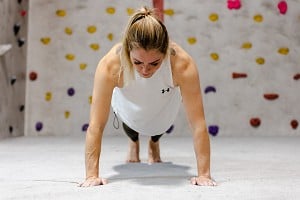
Feeling flummoxed by the variety of information out there on fingerboard training? If you need a kickstart to get into an efficient hangboard routine, this concise article by Neil Gresham should give you some food for thought...
1. Warm-up!
We are all in the habit of doing easy climbing to warm up at the wall but clearly this isn't possible when fingerboarding at home. The temptation is to jump straight on and start pulling hard but this is one of the surest ways to get injured. Always start with three or four minutes of cardio, followed by loosening up exercises such as shoulder circles and finger clenches. But most importantly, do sets of gentle pull-ups and deadhangs with your foot on a chair for partial weight bearing. Take 2 minutes rest between each warm-up set and aim to take gradually less weight with your leg each time. The whole process should take at least ten minutes before you're ready to start training properly.
2. Calibrate your exercises
Most climbers have heard of the basic exercises such as deadhanging and fingertip pull-ups but the common questions are what holds should you use with which finger-grips, how long you should hang for deadhangs or how many reps should you do for pull-ups? The secret to understanding this lies in calibrating the exercises so that they conform to the basic training criteria for strength training; namely that all exercises should be to failure, in other words the point where you're either forced to let go or fail to pull up. Secondly, reps of dynamic exercises such as pull-ups should be between 1 and 8 and static exercises such as deadhangs or lock-offs should be between 1 and 8 seconds. In other words, if you're doing pull-ups and you can manage 20 then you need to make it harder, or if you can't manage one then you need to make it easier. Similarly for deadhangs, if you can hang on for 15 or 20 seconds then you need to make it harder but if you can't get your feet off the ground then you need to make it easier. There are numerous ways of adjusting the exercises here and it depends partly on your ability level but mainly on your fingerboard and the other 'training props' that you have available. For example, an elite climber might choose to use a weight-belt to make an exercise harder but a low-intermediate is not advised to do this and would be better off using a smaller hold. Again, for deadhanging an elite climber may switch from using 2-arms to doing 1-armed hangs, but an intermediate climber wouldn't be capable of this, so a good option (other than using a smaller hold) would be to remove one or both pinky fingers to make the exercise harder. In short, this process is absolutely essential to fingerboard training and if you're not approaching it this way then you will be missing out on the majority of the worthwhile training affects and may also be risking injury.
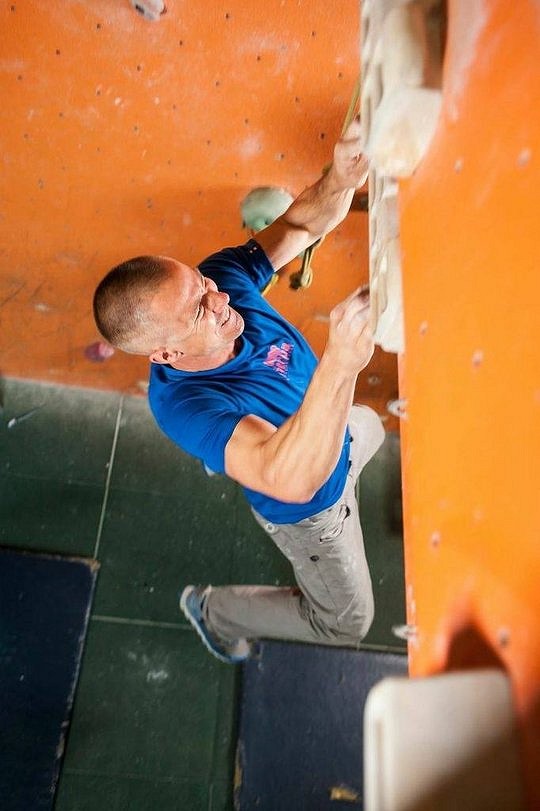
3. Test yourself and keep notes of your progress
Unlike climbing, it is very east to measure strength gains in fingerboard training, so be sure to do it, otherwise how will you know whether or not you've improved? Always start a phase of training by testing yourself over a full variety of exercises and recording your scores. Not only will this illuminate your strengths and weaknesses but you can use these results to form the basis of your training programme and refer to them along the way. For example, how will you know whether your 'front 3' or 'back 3' fingers are stronger unless you test them? And in turn, if you find that your 'front 3' are weaker you can prioritise them in your programme.
4. Mix it up
If you follow the same fingerboard programme year-in-year-out then you're so much more likely to stagnate. Freshen things up each time by making deliberate and strategic changes, both to the exercises and to the structure. For example, if you've been doing 'single' deadhangs (where you hang once to failure) then try 'repeaters' (where you hang numerous consecutive times to failure). Similarly, if you've mainly been doing dynamic exercises for your arms such as pull-ups then favour static exercises such as lock-offs next time round. Don't forget that fingerboards can also be used for training endurance by performing exercises at a lower intensity (in comparison to strength work), but for more reps or longer time durations and in multiple 'super' sets. For example, if your maximum capability in finger-tip pull-ups is 15 reps, then you would perform say 5 or 6 reps followed by 30 – 45 seconds rest, 4 or 5 times consecutively, then rest for 5 – 6 minutes and repeat this 3 or 4 times. Those who wish to train low-intensity endurance but can't make it to the wall may also use a fingerboard by performing long-duration sets with their foot on a chair for partial assistance. You can literally 'climb' around the board at random, making small hand movements and shaking out periodically. These sessions are effective but they're tough and monotonous so you need to be motivated!
5. Fitting it all in
Many climbers are still unsure how to fit finger-boarding into their weekly training plans and with good reason because this is a complex topic. The first thing here is that a fingerboard session counts as a climbing-specific training session so don't think you can get away with doing it on rest days! As a rule of thumb, intermediates should train on 3 or 4 days of an average week and elites should train up to 5 times. Beginners would train 3 times, although they are not advised to use fingerboards unless at a very low intensity. Clearly on a given training day you may choose to do either fingerboard or climbing or a combination of the two. The modern approach would seem to be the latter but many go wrong when it comes to this. The big mistake is to finish a hard climbing session with deadhangs for strength. You can do this if you deadhang for strength-endurance, but there's simply no point doing deadhangs for strength after hard climbing because your fingers will be way past their best. Far better to warm-up then do your hangs and then move on to bouldering, routes or circuits. By doing this, the hangs will 'recruit' your fingers for the climbing without tiring them out, providing you don't over-cook it. Remember that climbing sessions will nearly always tire out your fingers and forearms more than your arms and core, so the trick is to return to the fingerboard after climbing and to finish the session with some arms and core work, whether for strength or for endurance.
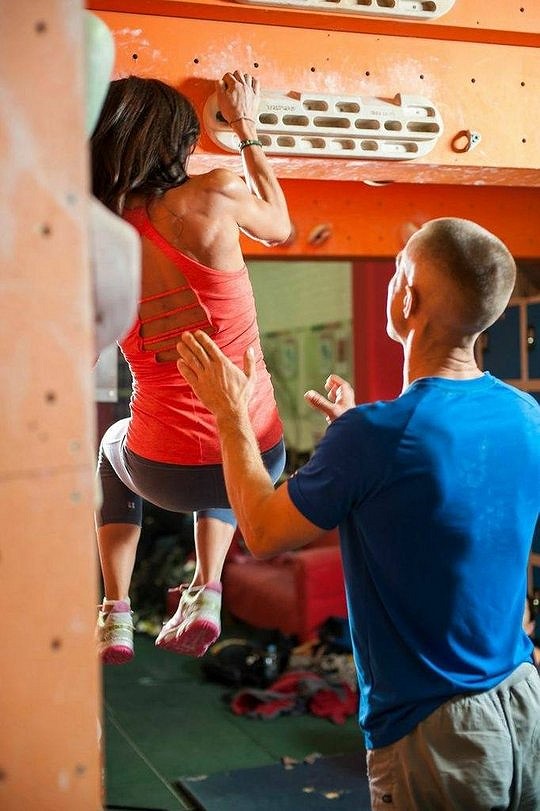
6. Support the system
If the only training you do is climbing and finger-boarding then it's likely that injury is coming your way, even if you warm-up thoroughly and allow sufficient recovery between sessions. The modern approach to injury prevention is to train the antagonist (opposition) muscles to prevent muscular imbalances. Additionally, if you never train antagonist muscles then the protagonists (the ones we need for climbing) will never reach their full strength potential. Every climber who trains should own a rubber finger extension trainer and use it regularly for training their forearm extensors. The old school of thought was to use these purely for high-rep endurance sets but it is undoubtedly worth doing low-rep, high resistance strength sets as well. Press-ups and dips are great antagonist exercises for the chest, shoulders and triceps, especially if performed on rings or TRX straps. Put simply, the harder you train for climbing, the more antagonist work you need to do, and if you climb/train 3 or 4 times a week then you should train your antagonists at least twice. Those wishing to really do the job properly should also consider protein supplementation and using a foam roller or tennis balls for self-massage to help promote maximum recovery between sessions.
7. Buy the new Hangboard Guru app
It takes care of just about everything that's mentioned in this article and gives you the best chance of ensuring that your fingerboard training is safe and effective. Available on iTunes and coming soon for Android.
Watch some videos included in the Hangboard Guru app below:
- SKILLS: Using Boards For Training - Mindset & Technique 7 Apr, 2021
- SKILLS: Using Boards for Training - Tactics and Planning 31 Mar, 2021
- SKILLS: Using Boards for Training - Training Methods 25 Mar, 2021
- TRAINING: Using Boards for Training - Introduction and Warming Up 24 Feb, 2021
- ARTICLE: How Lockdown influenced Training for Climbing 11 Aug, 2020
- SKILLS: Neil Gresham Technique And Training: Improve Your Movement 10 Jan, 2020
- SKILLS: Posture in Climbing 27 Sep, 2019
- SKILLS: Using Undercuts and Sidepulls 8 Aug, 2019
- SKILLS: Handholds and Grip Technique - Part 3 5 Jun, 2019
- SKILLS: Handholds and Grip Technique - Part 2 3 May, 2019



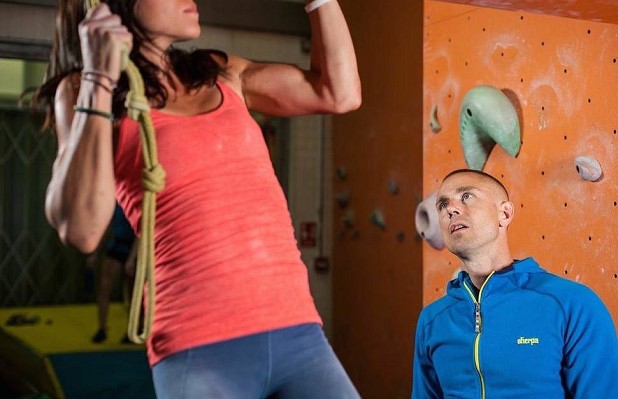

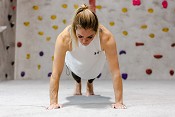
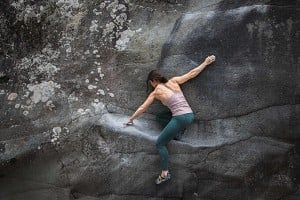
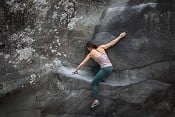
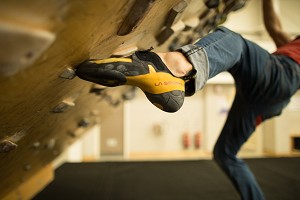










Comments